THE ESSENCE of rugby is the search for space on a congested field. As defences have become more intelligent and efficient, that belief and philosophy has become even more important.
We are seeing many tries materialise from turnover situations in professional rugby now, when defences have little time to react and rebuild their wall of would-be tacklers. Those broken-play scenarios provide space to run into, holes for the likes of Israel Folau, Ben Smith and Wesley Fofana to exploit.
However, there are times when space is at a premium and the attacking team must manufacture it through their own possession. Strong ball-carriers are important in any team that wants to get over the gain-line, in turn providing quick possession against a slightly unsettled defence. Whether we like it or not, rugby is a collision sport and sometimes battering your way over the advantage line is the best way to create try-scoring chances in different areas of the field.
Watch Warren Gatland’s: ‘Contact Scenarios’
Over the past number of years, Leinster and Clermont have led the way in European rugby in terms of consistently creating momentum in their attacking play. The quick-handling, defender-drawing skills of their back-lines are the memorable moments, but they would be non-existent if it were not for the platform their forwards provide.
Getting over the gain-line through forward runners if so often crucial to a back line’s ability to run onto the ball at pace and exploit defenders. Men like Sean O’Brien, Cian Healy, Louis Picamoles and Billy Vunipola can break the gain-line regularly thanks to their explosive physiques and excellent one-on-one contact skills. However, other players can sometimes need a little nudge to get their team onto the front foot.
In that regard, ‘leeching’ or ‘latching’ is a key skill for supporting players. Just to briefly touch upon terminology, some coaches refer to this action of driving the ball carrier into or through contact as a ‘leech’, while other will refer to the ‘latch’. I’m sure there are other terms for the same skill out there, so by all means feel free to contribute your own. For the purposes of this article, I will use the word ‘leech’ as the reference point.
This mini-skill can make a crucial difference to many contact situations, and we see the best teams in the world employing it quite frequently. A supporting player leeching onto the ball carrier can turn what would have been a 50/50 collision into more of an 80/20 chance of gain-line progress in favour of the attacking team.
Watch Richie McCaw’s: ‘Breadown on Attack’
The action itself is a simple one; the supporting player attaches himself onto the ball carrier [or sometimes even the defender] before, during or after a contact situation and attempts to drive them forward into or through the defender. The act of attaching oneself to the carrier is where the ‘leech’ and ‘latch’ names have developed from, with the supporting player connecting themselves onto the forward surge and increasing the power of the attacking momentum.
There are several variations on the skill. Many supporting players will look to leech directly onto the ball, and the carrier is obviously very important in that instance. They cannot allow the defending player to wrap the ball up in contact; we very often see ball carriers for the likes of Clermont driving into contact with a one-handed fend, while they present the ball with the other for a leeching player.
Other leeches will simply see the supporting player connect with the glutes of the carrier and pump their own legs in an effort to increase the carrying power. Others again will connect onto the carrier and then slide over them to focus on weakening the defending players’ control of the contact situation. Whatever the case may be, both supporting player[s] and ball carrier have important roles.
All of the above can happen in just a second of actual playing time and while it may often seem like an insignificant act, these minor details can make all the difference between being a good team and a great team. Coaches like Joe Schmidt and Vern Cotter are all about the ‘little details’ of every action their players can perform on the pitch.
Such coaches are also aware of what their players can and cannot get away with. It is illegal for a player without the ball to play or block a tackler before contact, just as the ‘calvary charge’ is illegal (one of Clermont’s tries should probably have been disallowed) . So it is as well to check the laws when coaching or practising the leech.
Leeching may not be the most glamorous of skills, but it can be crucial. As we see in the video above, a strong leech [or two] can be enough to make an already strong ball carrier unstoppable from close range. Leeching is in a large part a natural action, but focused training of the technique can make a difference.
Clermont were heavily reliant on their leeching power to score the vital bonus point against Racing Métro in the Heineken Cup last weekend, meaning their intelligent work in that area paid off.
Does your team work on these skills? If so, how do you train the leech/latch? Have you found the supporting player can be the difference between a decent carry and an excellent one? All comments and thoughts are welcome…
Murray Kinsella is a staff writer with TheScore.ie



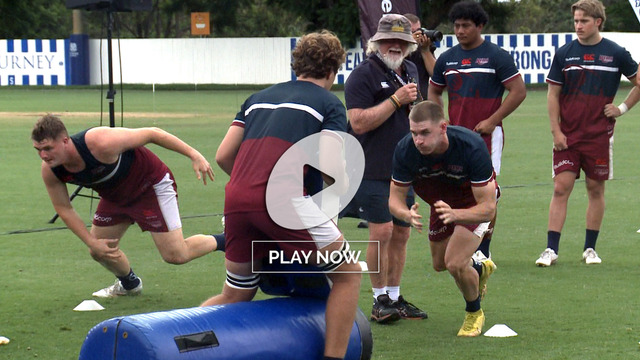
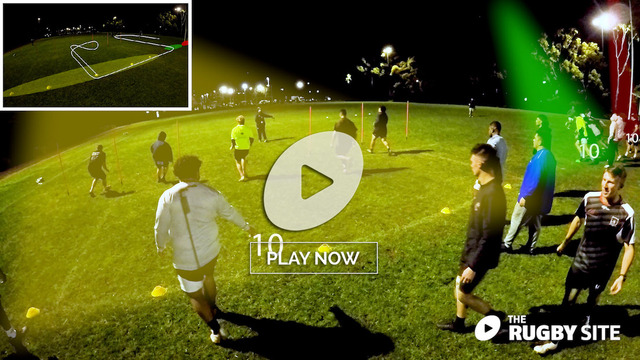

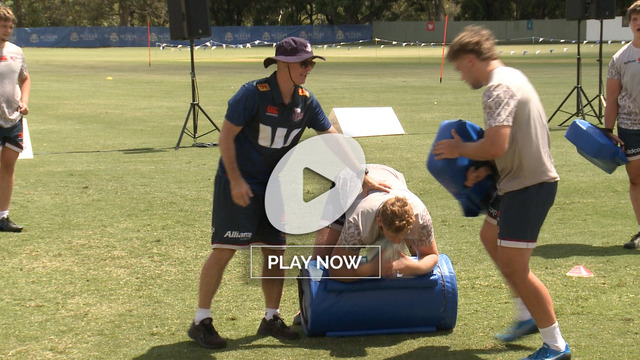
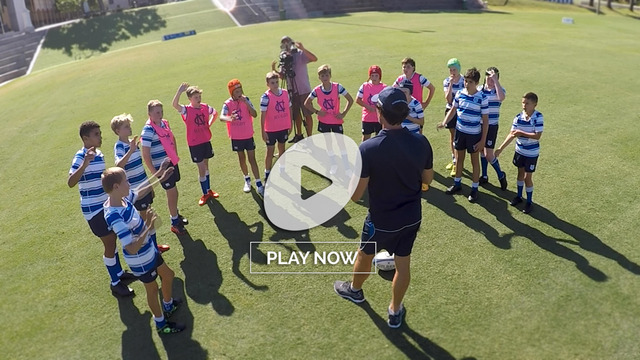

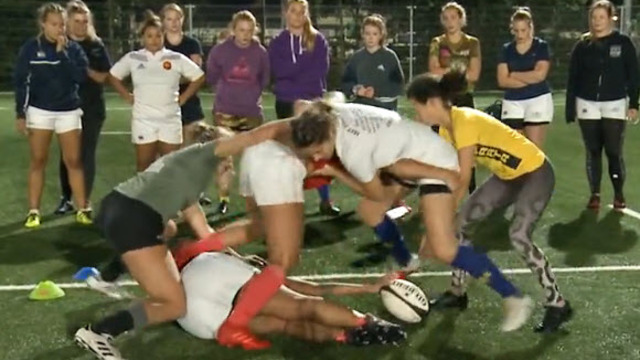

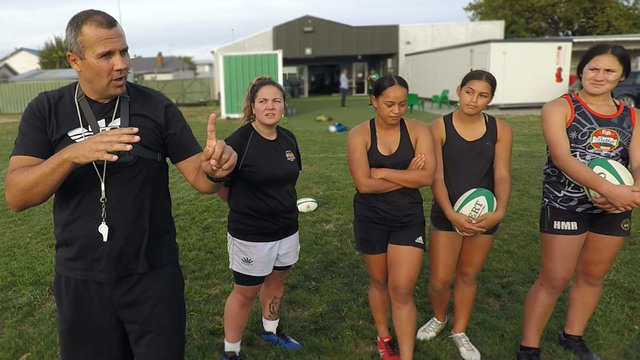

.jpg)
.jpg)
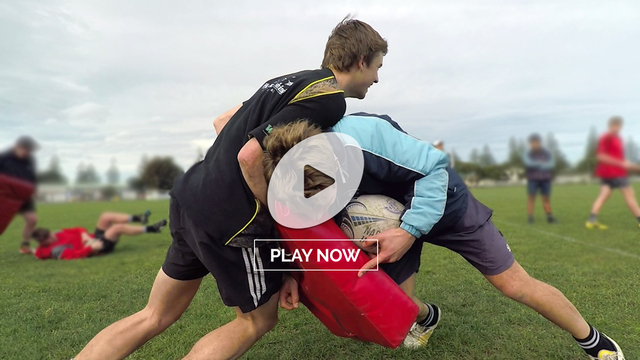
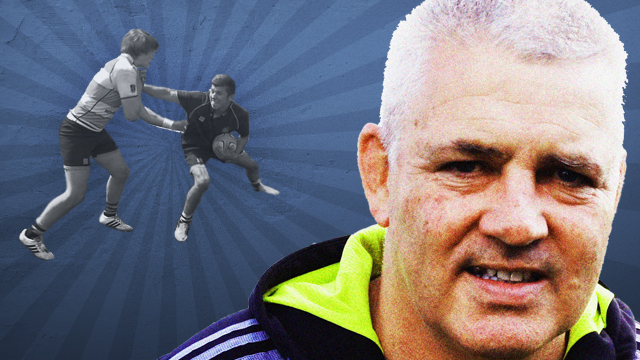
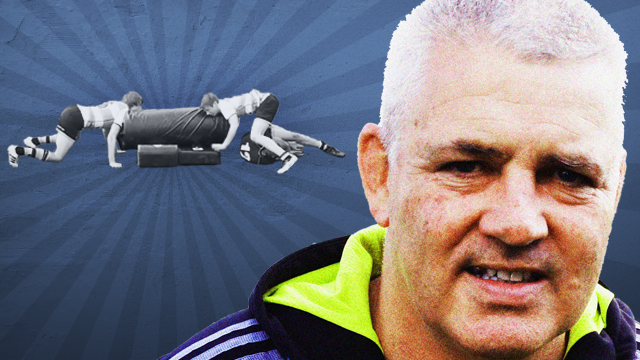

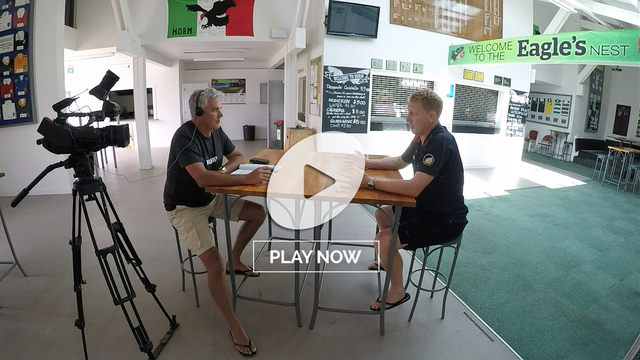
_no_button.jpg)

